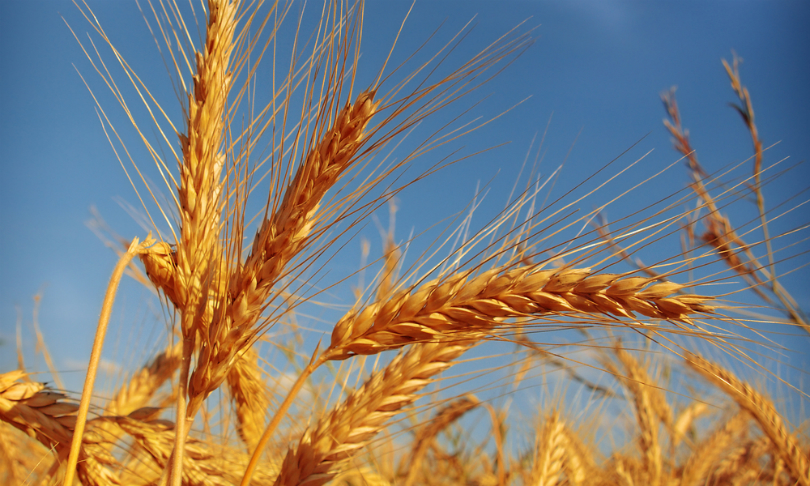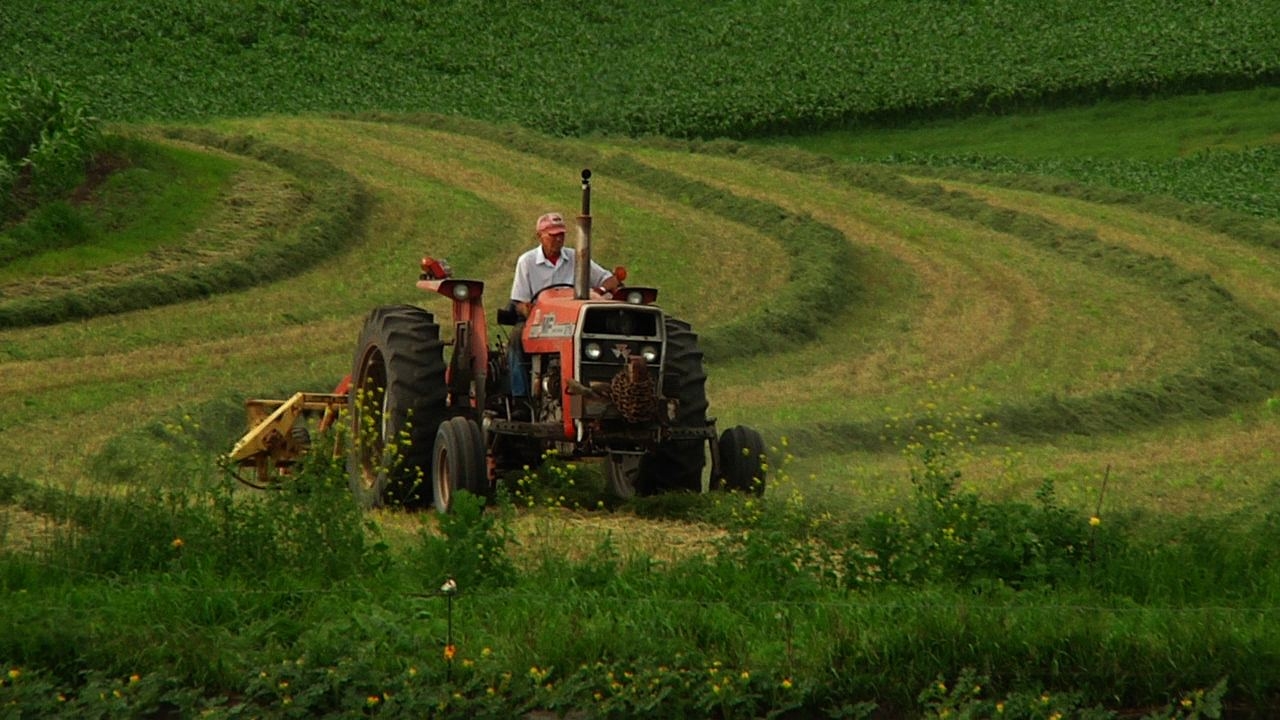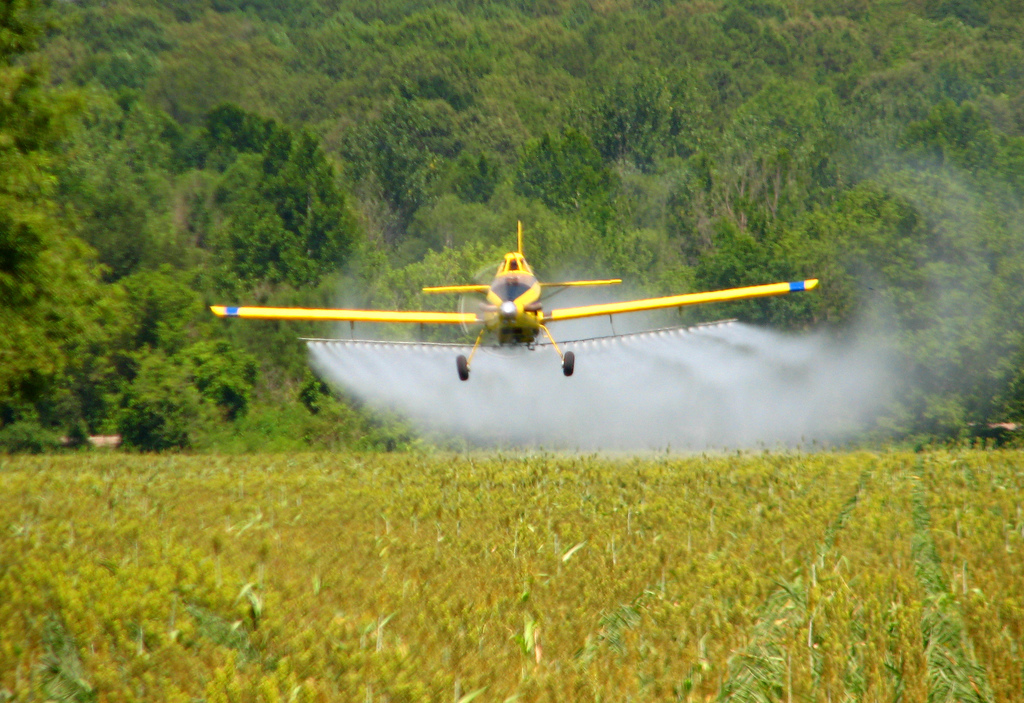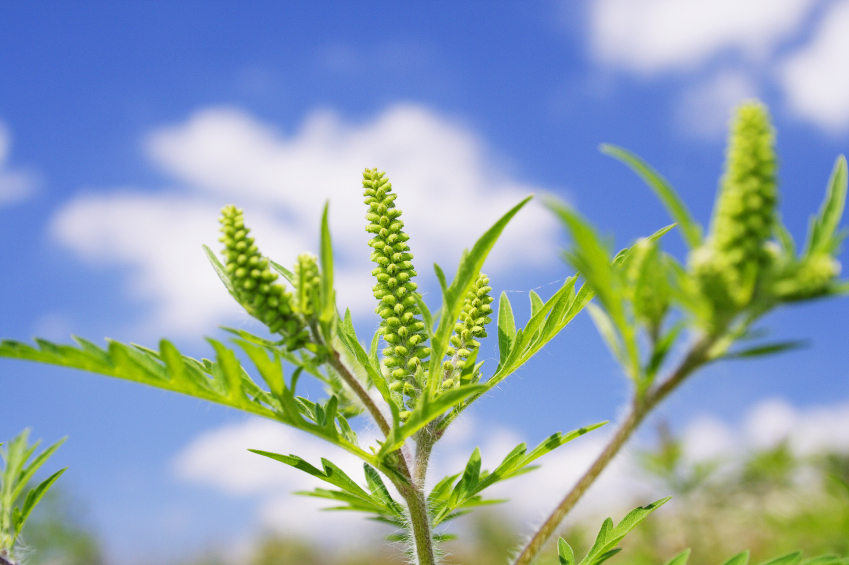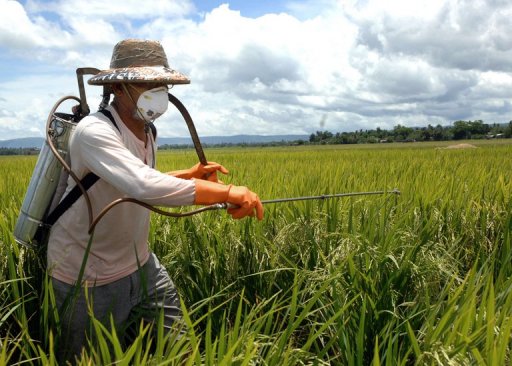Wheat Seeding
Wheat ought to be seeded into a firm bed with smart soil wetness. this is often additional simply achieved in no-till production systems wherever residue protects the soil surface. If the bed is loose and therefore the seed are going to be placed in dry soil, delay seeding till there\’s wetness enough to firm the bed with a shallow tillage operation. Seed placed in an exceedingly loose bed is one among the leading causes of winter injury like winter kill and root and crown rot.
For ploughed seedbeds (usually fallow) wherever the seed may be placed in firm soil at the right seeding depth for the winter wheat selection, the producer\’s most suitable choice is maybe to travel ahead and seed notwithstanding the soil is dry and therefore the wheat seed won\’t germinate till it rains. This reduces the chance of anticipating a rain in years that once the rains come back, they still come back and seeding is also delayed till once the required seeding date.
Recommended Seeding Depths
The maximum depth a winter wheat selection with a brief length coleoptile may be seeded is a pair of inches in an exceedingly silt dirt soil. In extraordinarily fine-textured soils with a high clay content, scale back seeding depth by zero.5 inch. In coarse-textured soils with ample sand, increase seeding depth by zero.5 inch. For winter wheat varieties with medium length coleoptiles, seeding depth may be exaggerated by zero.5 inch; for varieties with long coleoptiles, seeding depth may be up to three inches with the adjustment for soil texture. If the seed is planted too deep, on the far side the elongation of the coleoptile, seedlings cannot emerge and therefore the result are going to be a poor stand.
Seeding instrumentation with Hoe Openers
For hoe drills and air seeders with hoe openers, historically utilized in ploughed soils, smart quality spear purpose or eagle beak openers sometimes improve performance. Hoe drills, particularly those with wider row spacing, ar able to place the seed deeper as a result of they will build a ridge and plant within the furrow. However, producers should use a slower ground speed therefore adjacent rows aren\’t lined with soil. The seeding depth then becomes the soil cowl over the seed, not the operational depth of the opener. If the soil wasn\’t ploughed too deep, it always is feasible to use the hoe drill to put the seed in firm, moist soil. Deep tillage or applying anhydrous ammonia with knives will dry out the soil, therefore it\’s going to not be attainable to put the seed in firm, wet soil even with a deep furrow, hoe drill.
There ar drawbacks to the hoe drill and therefore the furrows it creates. the most important is that if a tough rain happens, the ridges are going to be destroyed and therefore the seed, or developing plant, can find yourself underneath an excessive amount of soil cowl. additionally, the hoe drill will wide tillage, hiding residue that is best left on the soil surface to conserve wetness.\\
Seeding instrumentation with Disk Openers
Drills and air seeders with disk openers have become additional in style, particularly for no-till, as they need less power unit to drag and have less soil and residue disturbance. However, seeding with a disk opener in an exceedingly loose, ploughed bed virtually guarantees disaster unless it rains directly once seeding. Leveling the drill slightly tail down, instead of running it level, can improve seed-to-soil contact by putt additional pressure on the press wheels. However, it\’s troublesome to firm dry soil round the seed and seeding ought to in all probability be delayed till there\’s wetness.
Before heading to the sector to seed, ensure the opener disks on the drill or air seeder aren\’t worn. On seeders with double-disk, seed-furrow openers, check to visualize that they\’re properly adjusted. On most drills individual disks may be adjusted inward as they wear by removing spacer washers from behind them. This keeps the 2 blades of the seed-furrow opener operating along together innovative. If the disks ar worn while not a pointy innovative, particularly on single disk openers, replace the disks with new ones. this is often crucial in no-till systems to properly cut the residue and penetrate the soil.
No-till and therefore the advantages of Residue
For continuous cropping, use no-till production ways. once seeding wheat once soybean harvest, the soil ought to already be firm and tillage isn\’t required as wheat prefers the firm bed. If you are doing until, the bed can dry resolute the depth of tillage.Also, tillage destroys the residue cowl that ought to be left on the soil surface. The residue absorbs drop impact, reducing erosion and soil crusting, and keeps the sun and unroll the soil surface, reducing evaporation. Standing residue is additionally effective at reducing the issues with processing soil and wind erosion.
Reminders
-When seeding winter wheat this year, ensure the drill is running lower in back than traditional to extend the pressure on the press wheels. Transfer additional drill weight to the rear of the drill and add additional weight to the drill.This will allow penetration into dry, hard soil, forcing the seed into the soil and insuring smart seed-to-soil contact.
-Don\’t seed wheat too shallow because the crowns won\’t develop properly and therefore the seed zone can dry out too quickly.When victimization disk drills or air seeders, plant a minimum of a pair of inches deep to put the seed into higher soil surroundings for germination and growth.

Thanks for installing the Bottom of every post plugin by Corey Salzano. Contact me if you need custom WordPress plugins or website design.

